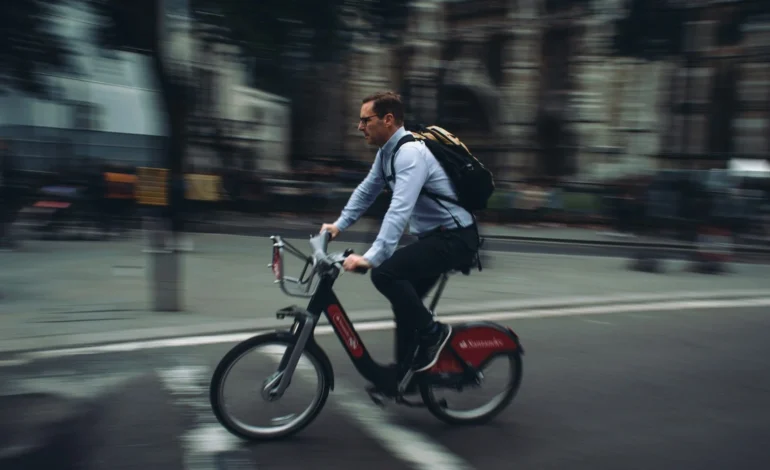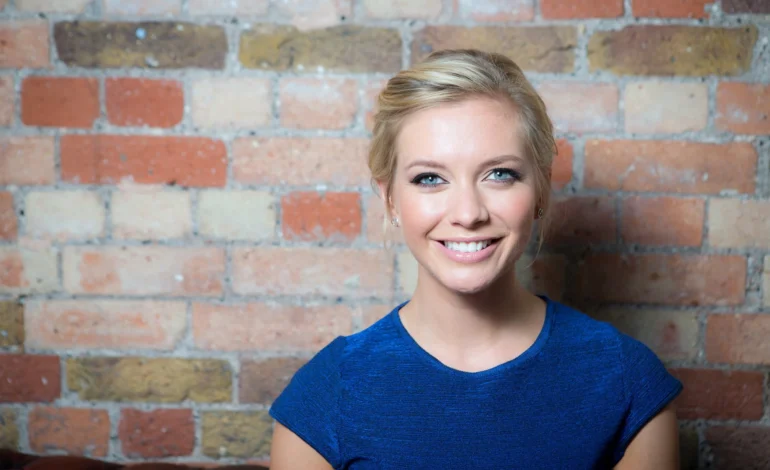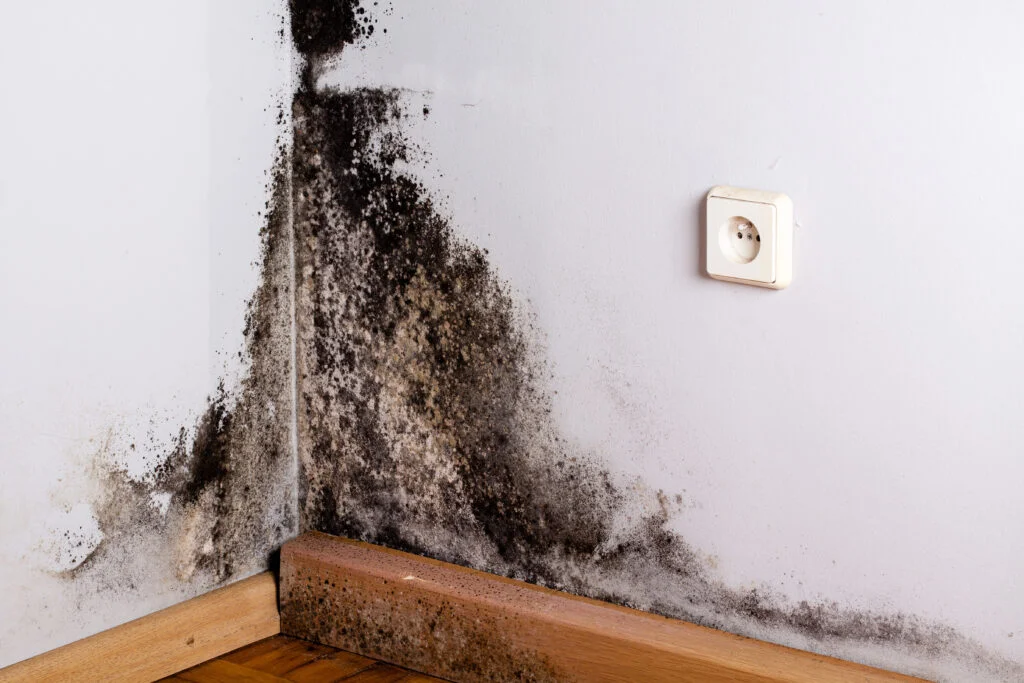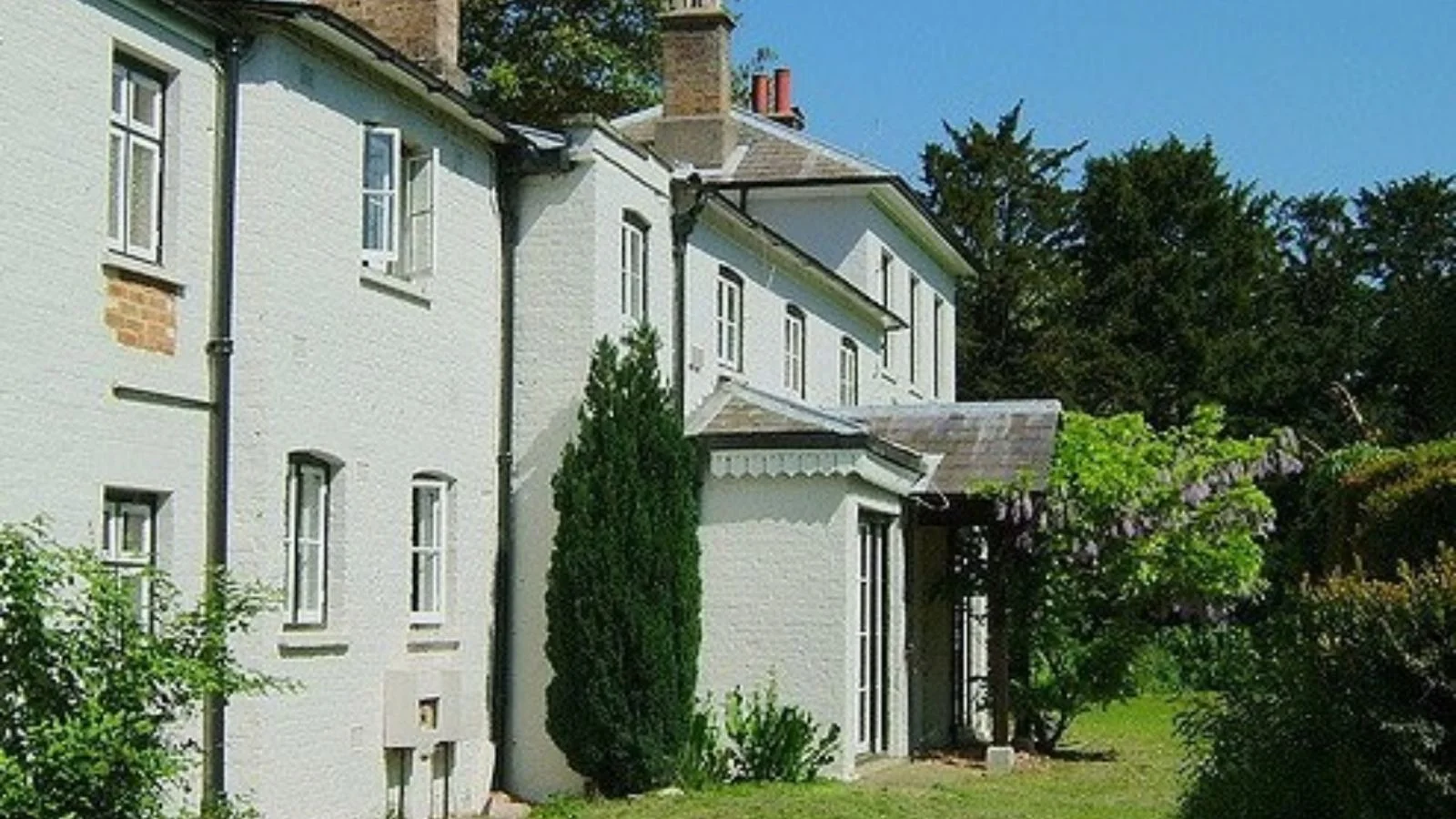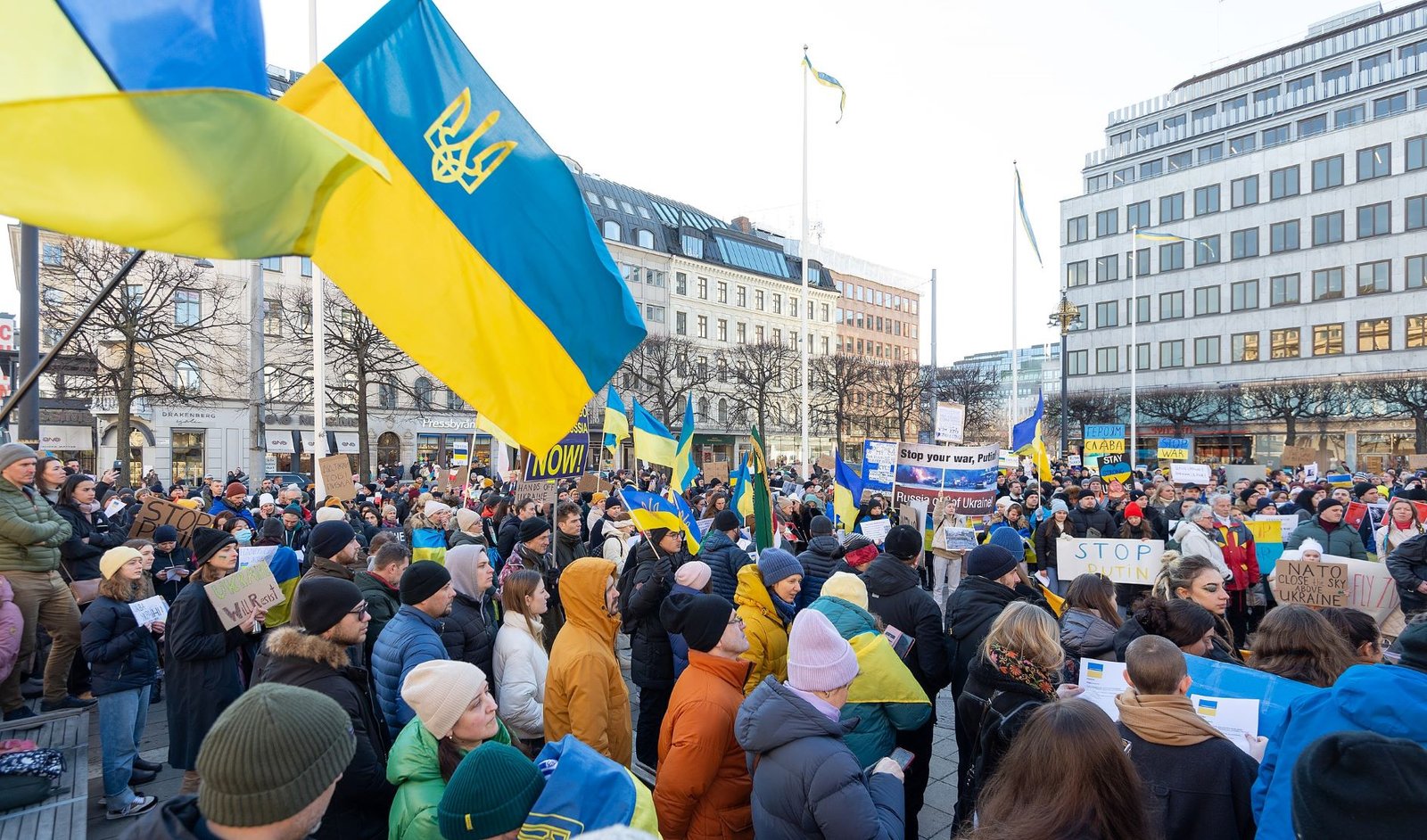Dutch voters have over 1,000 candidates and 27 parties to choose from
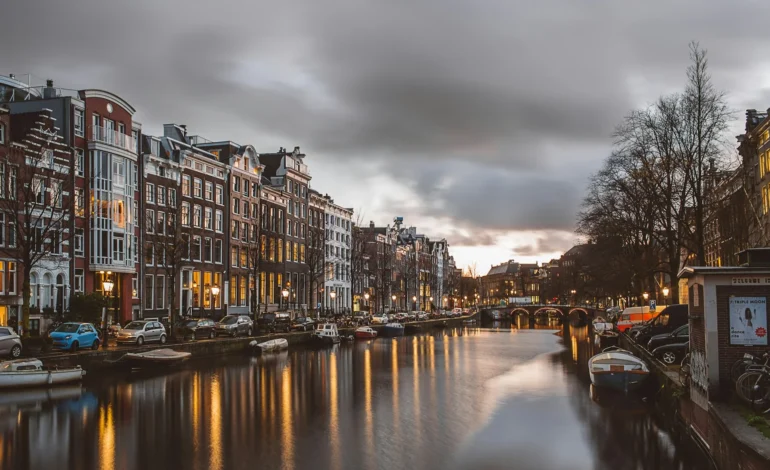
Dutch voters have 27 parties and 1,166 candidates fighting for 150 seats in the House of Representatives. This has resulted in large ballot papers. At least five municipalities are experimenting with smaller papers including a list of parties and numbers, with candidate names on a separate poster in voting booths.
There have always been a large number of parties for Dutch voters to choose from, but previously, a few big names took the largest percentage of votes, making it easier to form coalitions. This year, the vote looks close with the far-right Party for Freedom, led by Geert Wilders looks on course to win with centre-left and centre-right parties also among the favourites.
To get on a ballot, a party needs to pay a deposit of 11,250 euros and collect 580 declarations of support. The electoral commission adds up all votes and divides them by 150 to determine which party gains seats.
The high amount of options results in many parties in parliament. When the previous four-party coalition collapsed, there were 15 parties in the House of Representatives. That makes forming a coalition government very challenging, with talks potentially taking months.
Stay tuned to EyeOnLondon for the latest news and expert opinions.
Follow us on:
Subscribe to our YouTube channel for the latest videos and updates!
We value your thoughts! Share your feedback and help us make EyeOnLondon even better!

